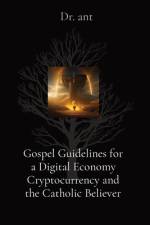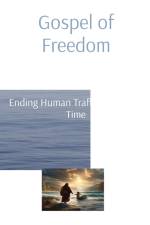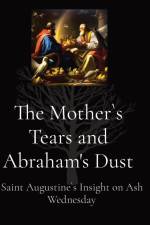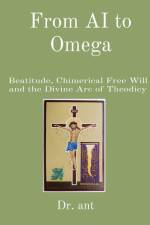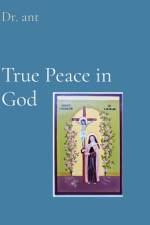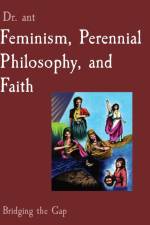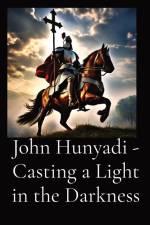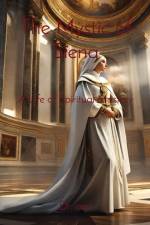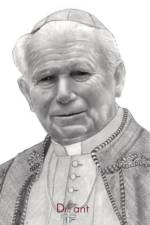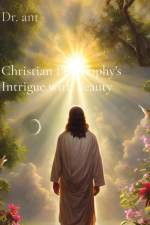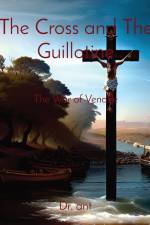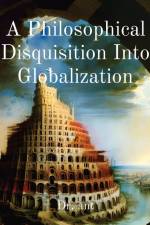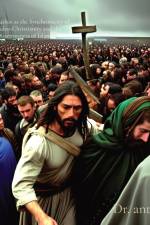av Anthony T Vento
197
Light is one of the entities permanently present in our life. There is sunlight, moonlight, light from the stars; there is electric light, the light of the street lamps, the light of the fluorescent billboards. However, light is not merely a natural entity; it is not inanimate for us. All these objects have their influence on our psychics. The light of a candle, the light of a fireplace can make us remember a given moment or situation forever. There are many more phenomena related to light. It is so evident, so natural that light exists and is present in this world. Still, this is not enough to define all dimensions of our understanding and perception of light. We do not think too much about it. We perceive it as something natural, as a part of nature. Of course, this is part of our, human, attitude toward the world: we perceive everything as natural, as real, as present all the time. This is the way in which our mind works. Moreover, light is really everywhere. It is a subject of philosophical discussions; of poetic works; of works of art. Light can be found in the Bible itself; in Plato's philosophical dialogues; in the poems of the greatest poets; in the paintings of Claude Monet; in the world's religions. All of us can understand what the poet- in this case, Whitman- has in mind while writing: "O SUN of real peace! O hastening light! /O free and extatic! O what I here, preparing, warble for!/ O the sun of the world will ascend, dazzling, and take his height- /and you too, O my Ideal, will surely ascend!" ("O Sun of Real Peace"). There are so many odes to sunlight; the sun is the symbol of life, of love, of peace, of happiness, of joy. It is not by accident that ancient tribes believed that the sun is a real god, that it is what maintains the order in the universe, that it is the creator of life. Light is life, light is good, light is what we need and should aspire to- this is what we are taught, what we feel, and what we realize.Without any doubt, light and darkness are seen as connected, and even as mutually related. Dichotomies exist in unity, dialectics says (Heraclitus, Hegel). Light and darkness, thus, should be understood in their connectedness, in the fact that they are essentially related to each other. The dualistic approach will analyze light and darkness are two co-eternal entities, or at least as the two central constituents of this world. They are in an eternal struggle. This has its moral consequences since human beings must take either of the sides. The dominative approach takes it for granted that either of these powers is much stronger, and it is essentially dominant. Most philosophers and religions see light as a dominating power, although somehow connected with darkness. Light is not to be understood as dependent upon darkness. Light can be seen as an autonomous entity which can be better grasped by contrasting it to darkness, but this does not mean that light has its origin in darkness, or that it is substantially related to darkness (as the first approach states). In the radical form, this approach claims that darkness is the absence of light (Plato).Regarding all this, our thesis runs as follows: God can be cognized both rationally and in a non-rational way. The rational way to cognize Him is strictly limited, but mystical experiences can help us comprehend His essence without conceptualization. The Divine Light, the Light of God can be communicated to us through our own inner selves, in situations which we call mystical experiences. The True Light of God is accessible in such mystical experiences.


